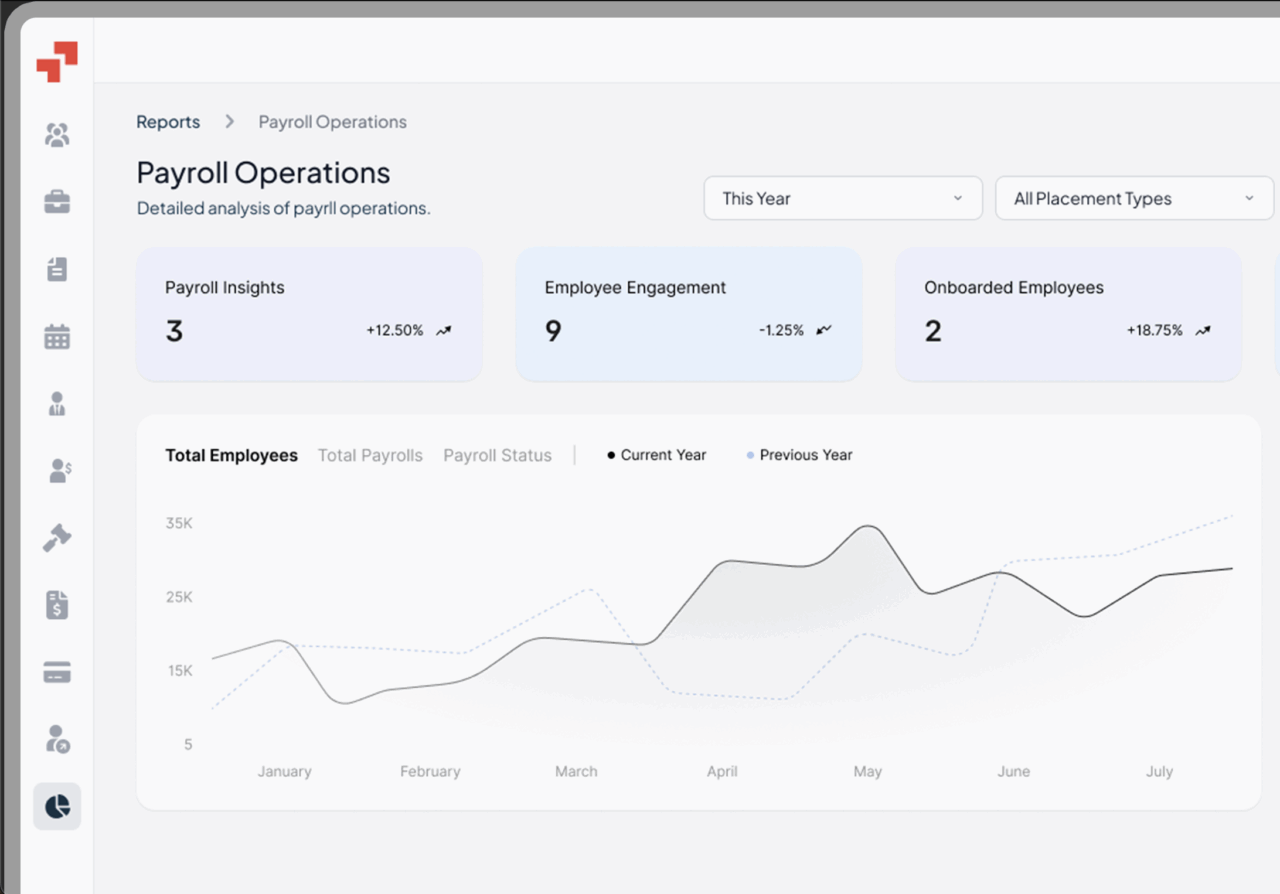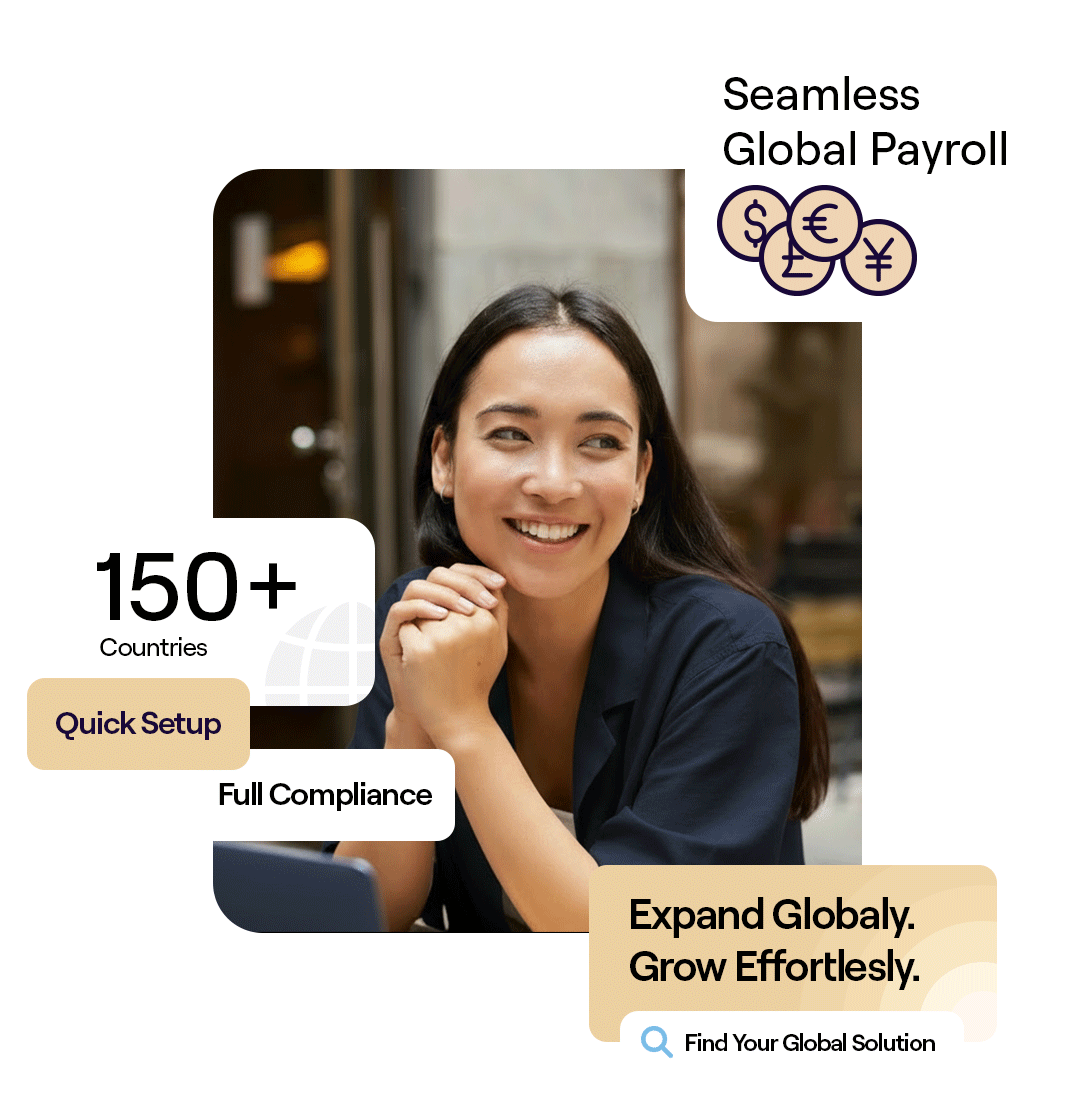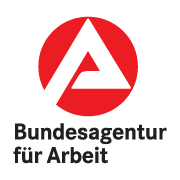Acquihire
Related Terms
Talent Arbitrage
Hire Globally
Global Recruitment
Human Capital Management (HCM)
Employer Branding Specialist
In today’s innovation-driven market, companies recognize that talent—not technology—often determines success. When traditional hiring is slow or building a skilled team from scratch proves difficult, many turn to acquihiring—a form of merger or acquisition where a larger company purchases a startup primarily to gain its talented workforce rather than its products or market share. An acquihire focuses on acquiring the people behind the business, blending hiring with M&A strategy. It’s a growing approach for companies seeking rapid access to specialized skills and cohesive teams in highly competitive industries.
Table of Contents
- What is co-employment?
- What are co-employment laws?
- Why is co-employment a risk?
- What are co-employment rules
- Co-employment do’s and don’ts
- How does co-employment work?
- What is the difference between co-employment and joint employment?
- Co-employment vs PEO
- Co-employment vs employee leasing
- Is co-op considered a full-time employee?
- Is it illegal to work for two jobs in the same industry?
- Co-employment examples
- Practical Case Study Example
- PamGro and Co-employment: Your Global Partner
What is an Acquihire and an Acquired Team?
An acquihire (short for “acquisition hire”) is a deal in which a company acquires another primarily to gain its workforce rather than its products, services, or assets. Acquihire deals are strategic transactions focused on talent acquisition, where the main objective is to secure talented employees and talented teams, rather than acquiring the company’s product or other assets.
In this model, the real value lies in the acquired team’s expertise, culture, and synergy. The acquiring company typically integrates these talented employees and talented teams into its own structure, while often discontinuing the acquired firm’s product or operations, as the company’s product is usually not the focus of the transaction.
What is a Reverse Acquihire?
A reverse acquihire flips the traditional dynamic. Here, a smaller company or startup effectively acquires a larger team—or takes control of operations post-acquisition. Sometimes, a reverse acquihire happens when a failing company seeks to preserve its workforce by having them absorbed by a more agile entity.
In some cases, a larger firm may shut down its division and have its employees absorbed by a smaller, more agile company. This approach allows the smaller firm to retain talent while the larger one exits a market or product line.
Reverse acquihires are also used in global expansion when local entities acquire on-the-ground teams to gain regulatory compliance and market entry. In such scenarios, PamGro’s EOR framework helps manage the local employment obligations of newly acquired teams. Acquiring an established team through a reverse acquihire can be more efficient and less risky than making individual hires, as it provides a cohesive group ready to contribute immediately.
How to Structure an Acquihire Deal Structure
Structuring an acquihire correctly is key to avoiding legal, financial, and operational pitfalls. It is also important to consider the legal perspective when structuring an acquihire, as employment terms, compensation packages, and legal processes play a central role in how these transactions are negotiated and executed. The most common approaches are:
Asset purchase: The acquirer buys only the assets needed—usually employment contracts, IP, and equipment—while leaving liabilities behind.
Stock purchase: The acquirer takes full ownership of the target company, including its obligations.
Talent release agreement: Employees agree to join the acquirer, while the original company winds down.
In acquihire deals, the purchase price is typically determined based on the value of the target company’s employees, with the total consideration often allocated between cash payments, retention incentives, and other compensation to ensure key talent remains post-acquisition.
Acquihire vs Reverse Acquihire: How Do They Differ?
The primary distinction lies in who gains control and the direction of the talent transfer. Unlike a traditional acquisition, where a company acquires an entire business including its assets, operations, and revenue streams, acquihire and reverse acquihire transactions focus primarily on acquiring talent or specific teams.
| Factor | Acquihire | Reverse Acquihire |
|---|---|---|
| Purpose | Larger company buys smaller team | Smaller entity takes over or retains a larger team |
| Control | Acquirer leads integration | Acquired team often retains leadership |
| Motivation | Access to talent | Access to agility or cost efficiency |
| Common in | Tech startups, innovation-driven firms | Localized expansion or niche operations |
Both models require careful handling of contracts, benefits, and compliance—especially when teams span multiple countries.
What Is the Difference Between an Acquisition and an Acquihire?
An acquisition focuses on business assets—customers, IP, revenue, and market share. Assessing the company’s capabilities and assets is a key part of due diligence. An acquihire, however, focuses on human assets—the people, their skills, and their culture.
In traditional acquisitions, companies aim to grow revenue or market presence. In acquihires, the goal is to strengthen internal capabilities, but it’s also important to evaluate the company’s product as part of the process.
This difference also influences the due diligence process: while acquisitions involve financial audits and a review of the company’s legal standing, acquihires center on employee contracts, compensation plans, and retention risks. For companies operating internationally, using an EOR helps ensure these new employees are legally hired and paid in their home countries.
How Do You Value an Acquihire?
Valuing an acquihire isn’t about revenue or profit—it’s about talent. Companies often use:
Per-employee valuation: Based on skill level, experience, and market scarcity.
Retention cost modeling: Includes bonuses, benefits, and relocation costs.
Comparable hiring cost: What it would cost to recruit and onboard similar talent individually.
Track record assessment: Evaluating the team’s history of success, relevant experience, and proven results, which can significantly impact valuation.
For example, a top engineering team might be valued at $200K–$1M per employee. However, intangible factors—like the value of acquired talent, cultural fit, leadership strength, and innovation potential—also influence value.
Benefits of Acquihires as a Business Growth Strategy
Acquihires offer several strategic advantages:
Speed to talent: Gain entire teams quickly, reducing hiring timelines.
Cohesion and productivity: Teams already know how to work together, often bringing established workflows that enable faster implementation of initiatives. This allows acquired teams to hit the ground running, accelerating project timelines and ensuring faster productivity.
Market entry: Acquire teams in new countries to establish a local presence.
Competitive edge: Secure top talent before competitors do.
Cost savings: Often cheaper than building teams from scratch, especially in high-demand sectors.
Challenges and Integration Process of Acquihires as a Business Growth Strategy
Despite their appeal, acquihires come with unique challenges, especially compared to standard acquisitions. Acquihire deals carry specific risks, such as the difficulty of retaining top talent and accurately valuing teams when the primary goal is talent retention rather than acquiring products or assets.
Retention risk: Key employees might leave post-acquisition if culture fit is poor.
Cultural clash: Merging teams can cause friction if values or workflows differ.
Legal complexity: Employee transfers must meet local labor laws.
Tax and compliance risks: Cross-border deals can trigger permanent establishment exposure.
Valuation uncertainty: Pricing a team without revenue benchmarks is subjective.
Talent acquisition challenges: Securing skilled teams through acquihire deals can be especially difficult in competitive markets.
According to Harvard Business Review, the biggest reason acquihires fail is neglecting integration planning. Partnering with an EOR reduces this risk by handling onboarding, contracts, and compliance in each jurisdiction.
Due Diligence in Acquihire Transactions
Due diligence is essential in any acquihire, giving the acquiring company a clear view of the target’s strengths, risks, and opportunities. It goes beyond technical assessment to include financial health, key employee expertise, and retention strategies.
A thorough review covers intellectual property, employment terms, and team structure to uncover issues like skill gaps, legal risks, or cultural misalignment. By addressing these early, the acquirer ensures a smooth integration, minimizes risk, and strengthens the overall value of the transaction.
Integration and Role Assignment After an Acquihire
The integration phase after an acquihire is crucial to realizing the full value of the deal. A clear communication plan that sets expectations, addresses employee concerns, and promotes transparency helps new team members adapt quickly and feel welcomed.
Fostering collaboration between acquired and existing teams builds cohesion and trust. By addressing cultural differences early, defining roles clearly, and leveraging the specialized skills of key employees, companies can accelerate productivity, encourage innovation, and lay the foundation for long-term success.
Retention of Key Employees Post-Acquihire
Retaining key employees is vital to an acquihire’s success, as they embody the team’s core value and drive strategic outcomes. To keep top talent engaged, companies should offer competitive pay, retention bonuses, and clear career growth opportunities. By understanding what motivates these employees—be it meaningful work, development, or culture—and creating an environment where they feel valued, the acquirer can maintain continuity, inspire innovation, and ensure long-term success.
How an EOR Helps Support Acquihire Transactions
An Employer of Record (EOR) makes acquihire implementation smoother and safer—especially for global teams. Here’s how PamGro supports clients:
Legal Employment: Acts as the official employer for acquired teams in 150+ countries.
Payroll & Benefits: Manages local salaries, tax deductions, and benefits packages.
Onboarding & Compliance: Ensures seamless onboarding and compliance for acquired talent, making sure employees meet all regulatory requirements in their home countries.
Entity-Free Expansion: Eliminates the need to set up a local subsidiary before integrating the team.
In essence, PamGro enables businesses to focus on retaining talent and driving innovation while it manages all operational and legal responsibilities.
Why Would Key Employees or a Founder Consider Being Acquihired?
For many founders, an acquihire offers a graceful exit when their product hasn’t scaled but their team remains valuable. In particular, founders of a failing company may consider an acquihire to preserve value for their team and ensure continued employment. Key motivations include:
Financial security: Provides a liquidity event through cash or equity compensation.
Team continuity: Ensures the team remains employed under a larger brand.
Access to resources: Offers the infrastructure and mentorship of an established company.
Career opportunity: Opens leadership or innovation roles post-acquisition.
As Founders Network points out, the best acquihires preserve both dignity and opportunity for founders and teams alike
What is an Example of an Acquihire?
A well-known example is Google’s acquihire of DeepMind in 2014, which brought some of the brightest AI researchers under its umbrella. In many cases, these acquihires involve startups founded by former Google employees, allowing tech giants to quickly integrate specialized expertise. Similarly, Facebook’s acquihires of design startups have helped strengthen its UX and AR capabilities.
Smaller-scale examples occur when SaaS companies acquihire engineering teams in regions like India or Eastern Europe to accelerate development and reduce hiring friction.
Practical Example / Case Study
A U.S.-based fintech startup, operating in one of the most competitive industries, sought to scale its engineering capacity in India but faced long recruitment timelines and compliance hurdles. Instead, it acquihired a 25-member tech startup specializing in blockchain solutions.
PamGro facilitated the transition as the Employer of Record, employing the Indian team on behalf of the acquirer. Within 60 days, the engineers were fully onboarded, payroll was compliant with Indian labor law, and integration costs were reduced by 40%.
The result? The fintech firm launched its new product six months ahead of schedule — a textbook case of how EOR-supported acquihires can accelerate innovation and expansion.
PamGro: Simplify International Expansion
Planning an acquihire or expanding your global team?
With PamGro’s Employer of Record (EOR) solutions, you can seamlessly onboard international teams, manage payroll in local currencies, and ensure full compliance — all without setting up a legal entity.
PamGro empowers businesses to focus on growth while we handle HR, tax, and legal complexities. Whether you’re integrating an acquihired team or building new offshore capabilities, we make global employment simple, compliant, and fast.
Talk to PamGro today to turn your next acquihire into a global success story.
Ready to scale your business internationally? Explore how PamGro’s global expansion solutions simplify hiring, onboarding, and payroll across borders.
Hire the Best Talent, Anywhere






